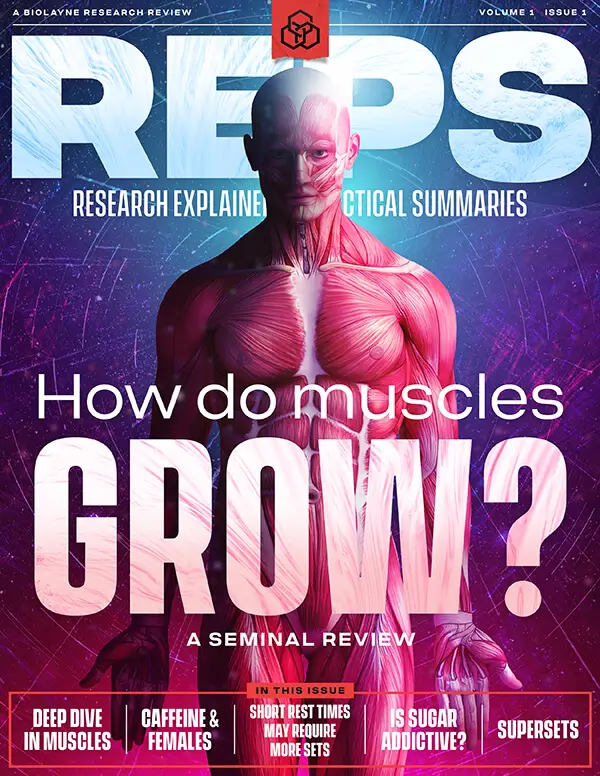Are you torn between split and full-body workouts for optimal strength and muscle growth? Dive into a comparison of these popular training routines based on a recent systematic review and meta-analysis of 14 studies. Find out which training style might suit your fitness goals best, as new research suggests surprising conclusions about their effectiveness.
Overview
What did they test? The authors compared muscle growth and strength between full body routines and split training routines in resistance programs ranging from 4-12 weeks.
What did they find? They found that full body and split routines increased muscle size and strength similarly.
What does it mean for you? In the short term, you can choose to do a split or full body routine based on your preference without worrying about differences in muscle growth or muscle strength.
What’s the problem?
Purpose
Surprisingly, no meta-analysis has ever systematically compared the effects of split (Sp) and full-body (FB) resistance training routines on muscle strength and hypertrophy, even though they are commonly used to enhance muscle mass and strength. However, previous meta-analyses have indicated that increases in training frequency contribute to increases in strength 1.
Other meta-analyses have not shown a distinct advantage to higher frequencies when training volumes are equated 2. Thus, the current literature suggests individuals may select a weekly training frequency for each muscle group according to their personal preferences, given a consistent training volume. Recently others have suggested that a range of 12-20 weekly sets per muscle group may be an optimum standard recommendation for increasing muscle hypertrophy in young, trained men 3.
The current study aimed to add to the body of knowledge by conducting a systematic review and meta-analysis to compare the effects of split and full-body routines on strength gains and muscle growth in healthy adults.
Hypothesis
The hypothesis was that there may be differences in muscle growth and strength gains between split-body and full-body routines when volume is equated although no specific hypothesis was stated in the study.







